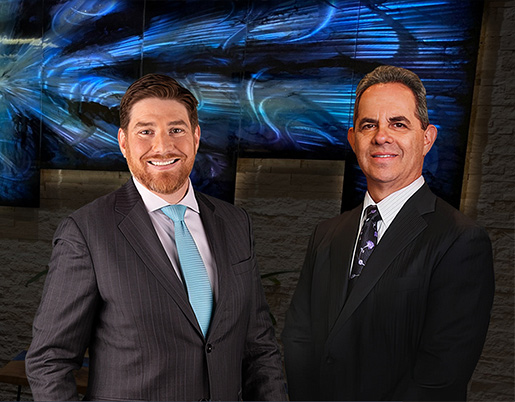In the United States all new automobiles come with a manufacturer’s written warranty. This warranty is a detailed document outlining what repairs the manufacturer will cover, for a specified period of time or until a certain mileage is reached on the vehicle. This warranty is usually accompanied by an implied warranty which is an unwritten promise that the vehicle being sold will meet certain standards and is fit to operate for the purpose in which it is intended to be used. Because this warranty is not written down, it is up to the buyer to prove that the seller withheld information about problems with the vehicle at the time of sale. If a vehicle is being sold “as is” or “with faults” the implied warranty will be void.
When dealing with used cars, warranties becomes more complicated. Some used cars come with the remaining manufacturer’s warranty if the expiration year or mileage limit has not yet been reached and some require the consumer pay to activate it. If the used car dealer picks up the cost of the remaining manufacturer’s warranty, it is considered a car warranty, but if the consumer is asked to pay an extra cost to activate the remaining manufacturer’s car warranty it is usually considered a service contract.
Consumers are often asked if they would like to purchase an extended car warranty. This offer is usually presented towards the end of the manufacturer’s warranty and is actually considered a “service contract. The extended car warranty details what repairs will be covered by the dealer, the manufacturer or an independent company at the expiration point of the manufacturer’s warranty. An extended car warranty does not usually cover everything in the vehicle and can become very complicated. When purchasing an extended warranty, there are five questions you should ask yourself.
- How long do you plan to keep the vehicle?
- Who stands behind the warranty? The automaker, the dealer or a third party company?
- Can you get a better extended warranty from another dealership or negotiate the price with the dealership you are at?
- Do you know what is covered?
- What is your repair history and the repair history of the model vehicle you are buying?
Many consumers find that they pay more for the extended car warranty than they earned back from it in covered repair costs. A few exceptions include vehicles with higher rates of mechanical problems, vehicles with expensive extra equipment, or if the contract offers free maintenance.
One misconception about extended warranties is that purchasing one will extend the California lemon law coverage. This is absolutely not true. The California lemon law only covers vehicles which started to have problem during the manufacturer’s written original warranty. Consumer advocates warn those considering an extended car warranty to carefully study what a service contract does — and does not – cover. Any verbal promises made to you should be noted and signed by someone of authority on the warranty contract you are purchasing.







